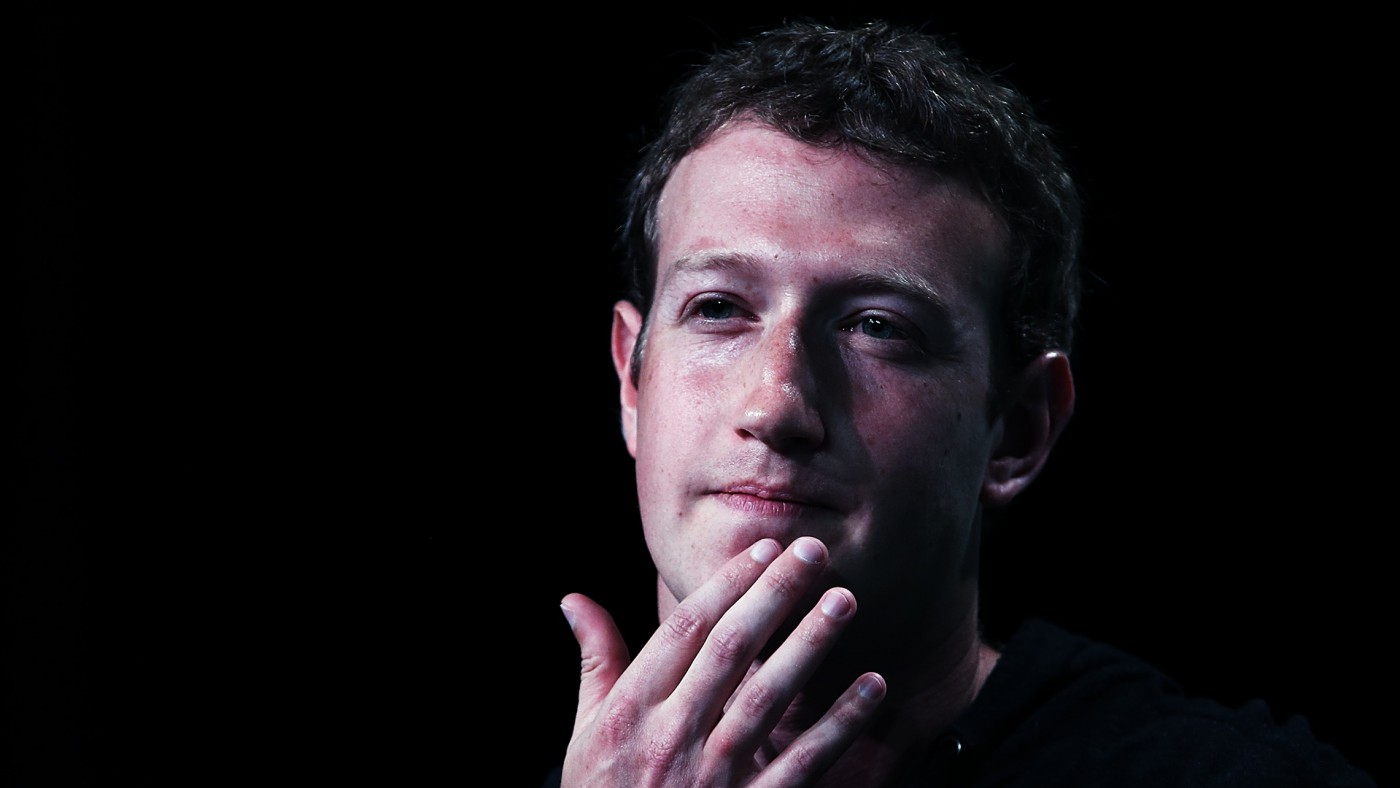Today’s youth are going to completely transform how products are marketed.
That was the message that came across loud and clear to a gathering of shell-shocked marketing professionals who met in the Museum of London Docklands last month to hear how to sell their stuff to 16-25 year-olds.
Young people are digital natives, they spend nearly all of their time connected to the internet – FOMO (Fear Of Missing Out) has been replaced by FOBO (Fear Of Being Offline). But don’t just make them a website. They don’t like websites and won’t visit your homepage. They are to be found on social media channels. But they won’t appreciate you barging in there to clutter their timelines with adverts. That will most likely wind them up. They don’t trust authority, they’ve grown up surrounded by establishment scandals: they are disillusioned by politicians, have seen the damage done by religious institutions and been through education systems which have left them in debt. They are sceptical of adverts, they assume the image is photoshopped, that the deal isn’t as good as it sounds and the message isn’t true. For advertisers they are like a strain of the superbug MRSA. Conventional weapons don’t work on them.
Generation Z, as this post-Millennials group is known, have very little time or patience for content that doesn’t interest them. But although this can look like a short attention span it’s actually just a ruthless filtering system. Young people are bombarded with so much information they have evolved to sift it quickly and reject what isn’t up to scratch. For example video is an increasingly important communication tool on social media, it automatically plays silently on twitter and facebook, so you need to make something that, without sound, can grab the attention in the first two seconds, otherwise it will be scrolled over and ignored.
Dylan Collins from youth marketers SuperAwesome told the audience that a 2014 study revealed 63% of under-14s watch two screens at a time. Sixteen per cent are watching more than three screens at a time. As the research was carried out last year he said those numbers are likely to be higher now. Young people have a thirst for knowledge and are equipped with the tools to get it. They may dismiss shoddy marketing material but if they get interested in something they can spend hours researching it. Under 25s google everything making transparency crucial. They assume companies will make mistakes so prefer apologies to cover ups.
The conference was told that although suspicious of orthodox corporate communications young people want to know what other people think and what they recommend. Thanks to social media channels like WhatsApp, Snapchat and Periscope they can see what people are doing all the time. We used to watch our neighbours from behind our curtains. For today’s youth everyone is their neighbour and they have unparalleled access into each other’s lives. Rather than believing what an expensively produced lipstick advert tells them about a product they would rather see a vlogger on YouTube trying it out and showing them what it actually looks like.
Growing up in a period of recession and uncertainty, today’s young people struggle to get jobs and don’t believe they’ll ever be able to afford a house. They know that things can’t be taken as a given and they can’t assume the security of their future. They are having to be more inventive, more creative, more innovative. Turned off by compromised establishment communication, increasingly Gen Zers are listening to each other. They are influencing themselves and creating their own channels. Nickelodeon’s TV viewings have gone down by 30% a quarter as teens turn away from TV to the internet to find their entertainment. One 14 year old boy runs an Instagram account called love_food which has 5.4 million followers and simply features pictures of food.
Ten months ago, 23-year-old Botswana born entrepreneur Steven Bartlett set up Social Chain, a marketing agency that owns hundreds of twitter, Facebook and Instagram accounts that all have hundreds of thousands of followers. Their twitter accounts are diverse and familiar to many British internet users. Fitness Motivation has 1.7 million followers, Friends Reactions has 167,000, British Logic has 223,000, and Primary School Problems has 391,000. There are many more. Because of the huge number of followers across all their channels, Social Chain has incredible reach. They can make more than 66 million people see a message at once and can start a global trending topic within half an hour. They don’t use ‘marketing’ speak, they generally talk about things as if they’re using them and their influence makes people want to buy them too.
Increasingly choosing the right channels to communicate is becoming one of the most important decisions organisations need to make. Laura Bijelic, Senior Consumer Insight Manager at Penguin, said that before they launched their new young adults brand, Platform, they did extensive research with young people. “Don’t bother making a website, young people don’t go to websites,” was what they heard back. In Penguin’s case a YouTube channel was the most useful avenue. The next best options were twitter, Tumblr and Instagram. Facebook was notably absent.
Lorna Forbes from Vinspired said that Generation Z were also more ethically minded consumers than even the Millennials before them. They were more active volunteers, not least because they recognised the added skills that could be useful in a competitive jobs market. This is backed up by a report by J. Walter Thompson Intelligence’s innovation and futurism division. It said that Gen Zers were “more inspired by Malala than Beyoncé and are characterised by ethical consumption habits and entrepreneurial ambition.” Which sounds ok to me.
Kids may be hard to sell to but our future looks to be in good hands.


